Deskripsi
Perkenalan
Babi Polly adalah jenis babi pipa yang banyak digunakan dalam industri pipa untuk berbagai tugas pemeliharaan dan operasional. Dinamai untuk konstruksi poliuretannya, babi Polly dirancang untuk melintasi pipa untuk tujuan seperti pembersihan, memeriksa kerusakan, dan memisahkan berbagai produk dalam pipa. Bergantung pada penggunaannya, mereka dapat memiliki bentuk yang berbeda, seperti dilapisi kuas kawat, atau dilengkapi dengan tali abrasif. Konstruksi mereka yang fleksibel dan kuat membuat mereka cocok untuk pipa dari berbagai ukuran dan kondisi. Akibatnya, babi Polly telah menjadi alat yang sangat diperlukan dalam memastikan efisiensi, keamanan, dan umur panjang sistem pipa di seluruh dunia.
Deskripsi terperinci babi Polly
- Karakteristik Babi Polly: Ukuran, Bahan, dan Variabilitas
Babi Polly, dinamai berdasarkan bahan bangunan utamanya, poliuretan, adalah jenis babi pipa yang banyak digunakan dalam berbagai operasi pipa. Mereka tersedia dalam berbagai ukuran untuk menangani diameter pipa yang berbeda, dari sedikit hingga cukup besar, dan warnanya dapat bervariasi tergantung pada produsen atau aplikasi spesifik yang dibangun. Kepadatan poliuretan yang digunakan untuk membuatnya juga bisa berbeda. Babi dengan kepadatan lebih tinggi digunakan untuk tugas yang perlu dibersihkan lebih teliti atau disegel lebih baik. - Fleksibilitas dan kemampuan beradaptasi yang tidak biasa Polly Babi dalam operasi pipa
Babi Polly dibedakan oleh kemampuan beradaptasi mereka. Mereka dapat menjadi dasar dan halus untuk operasi pencucian dan pengeringan ringan, atau dapat dilengkapi dengan komponen tambahan seperti kuas kawat atau tali abrasif untuk kebutuhan pembersihan yang lebih intensif. Mereka lebih fleksibel daripada varietas babi lainnya dan dapat dengan mudah menavigasi kurva dan variasi dalam diameter pipa. - Babi Polly vs. Babi Pembersih Kerangka: Perbandingan
Babi pembersih kerangka, jenis babi pipa lain yang sering, sering memiliki bingkai bodi baja dan sikat atau pencakar yang dapat diganti. Mereka sering digunakan untuk kegiatan pembersihan yang lebih intensif ketika endapan besar harus dikeluarkan dari dinding pipa. Namun, karena mereka terbuat dari baja, mereka mungkin tidak sefleksibel babi Polly dan mungkin kurang cocok untuk saluran pipa dengan tikungan yang ketat atau variasi diameter yang cukup besar. Keputusan antara babi Polly dan babi pembersih kerangka sering ditentukan oleh persyaratan spesifik operasi pipa.
Mengapa memilih poliuretan sebagai bahan?
Poliuretan, bahan utama yang digunakan dalam konstruksi babi Polly, memiliki beberapa keunggulan. Sifatnya yang kuat memungkinkannya untuk menahan kondisi yang keras di dalam saluran pipa, termasuk tekanan tinggi, suhu yang bervariasi, dan zat korosif, memastikan babi tetap tahan lama dan tahan terhadap keausan sepanjang perjalanannya. Fleksibilitas inheren Tpolyurethane sangat penting untuk perangkat yang harus dilintasi melalui pipa dengan bervariasi diameter, tikungan, dan belokan, memungkinkan babi untuk menjaga kontak yang konsisten dengan dinding pipa untuk pembersihan, inspeksi, atau aktivitas pemisahan yang efektif. Selain itu, keserbagunaan poliuretan memungkinkan untuk penciptaan babi dengan berbagai tingkat kekerasan, melayani berbagai aplikasi, dari pembersihan ringan atau pengeringan hingga tugas pembersihan atau pengikis yang lebih agresif. Selain itu, poliuretan adalah bahan yang relatif murah, menjadikannya solusi ekonomis untuk memproduksi babi sekali pakai yang tidak diambil setelah penggunaan. Poliuretan adalah bahan yang cocok untuk babi pipa karena kombinasi daya tahan, elastisitas, keserbagunaan, dan efektivitas biaya.
Parameter Dasar
| Nama | Babi busa Polly |
| Pertunjukan | 1. Interior berbusa dengan poliuretan. Lapisan elastomer poliuretan diterapkan pada permukaan. |
| 2. Ini fleksibel dan memiliki ketahanan aus. | |
| 3. Jumlah deformasi dapat mencapai 50%, yang merupakan babi busa yang paling banyak digunakan. | |
| 4. Ini digunakan dalam pencucian pipa, descaling, dan isolasi cairan. | |
| Parameter teknis | Tekanan menatap: 0,02 MPa |
| Kepadatan: 35kg/m³-220kg/m³ | |
| Dengan tekanan: 7mpa | |
| Rasio Kompresi: 50 | |
| Tingkat gesekan: 2mm/100km | |
| Suhu operasi: -30 ° C hingga +100 ° C | |
| Laju peregangan: 320% | |
| Flex Life: 50.000 kali | |
| Jarak operasi: 100 km - 300 km |
Pertanyaan yang Sering Diajukan
1. Bagaimana babi Polly diperkenalkan dan diambil dari pipa?
Babi Polly dimasukkan ke dalam pipa melalui peluncur, peralatan khusus yang memungkinkan penyisipan babi yang aman dan efisien ke dalam pipa. Babi didorong melalui pipa oleh aliran produk atau dengan cairan penggerak terpisah. Setelah babi Polly menyelesaikan perjalanannya melalui pipa, ia diambil melalui penerima, peralatan lain yang dirancang untuk secara aman dan efisien melepas babi dari pipa.
2. Bisakah babi Polly digunakan di semua jenis saluran pipa?
Babi Polly sangat fleksibel dan dapat digunakan dalam berbagai saluran pipa. Namun, kesesuaian yang tepat tergantung pada faktor -faktor seperti diameter pipa, adanya tikungan dan belokan, jenis zat yang diangkut, dan tugas spesifik yang ada. Misalnya, babi Polly sering digunakan dalam pipa minyak dan gas untuk tugas pembersihan dan inspeksi, tetapi mereka mungkin tidak cocok untuk saluran pipa dengan diameter yang sangat kecil atau mereka yang mengangkut jenis zat korosif tertentu.
3. Apa yang menentukan ukuran dan jenis babi Polly yang digunakan dalam operasi tertentu?
Ukuran dan jenis babi Polly yang dipilih untuk operasi tertentu ditentukan oleh beberapa faktor. Ukuran babi sebagian besar ditentukan oleh diameter internal pipa yang akan dilalui. Adapun jenisnya, itu tergantung pada tugas yang ada. Misalnya, babi Polly telanjang mungkin digunakan untuk tugas pembersihan atau pengeringan sederhana, sedangkan babi polly yang dilengkapi dengan tali abrasif atau kuas kawat mungkin digunakan untuk tugas pembersihan atau pengikis yang lebih intensif.
4. Bagaimana Polly Babi berkontribusi pada keamanan dan efisiensi pipa?
Babi Polly memainkan peran penting dalam menjaga keamanan dan efisiensi operasi pipa. Mereka membantu membersihkan saluran pipa dengan menghilangkan deposit dan penumpukan yang berpotensi menyebabkan penyumbatan atau mengurangi efisiensi aliran produk. Mereka juga berperan dalam inspeksi pipa, membantu mendeteksi kebocoran, retakan, atau bentuk kerusakan lain yang dapat menimbulkan risiko keselamatan. Dengan melakukan tugas -tugas ini, babi Polly berkontribusi pada pemeliharaan rutin dan pemantauan pipa, sehingga meningkatkan efisiensi dan keamanan operasional.
5. Apa batasan atau risiko potensial menggunakan babi Polly?
Sementara babi Polly sangat berguna, mereka memang memiliki keterbatasan tertentu. Misalnya, mereka mungkin tidak cocok untuk saluran pipa dengan banyak tikungan tajam atau perubahan diameter, karena mereka bisa macet atau gagal mempertahankan kontak dengan dinding pipa. Selain itu, jika tidak dipantau dengan benar, ada risiko bahwa babi Polly bisa terjebak dalam pipa, menyebabkan penyumbatan. Terakhir, sementara babi Polly dapat membantu mendeteksi beberapa bentuk kerusakan pipa, mereka tidak mampu mengidentifikasi semua jenis cacat atau masalah, sehingga mereka harus menjadi bagian dari strategi inspeksi dan pemeliharaan pipa yang komprehensif, bukan satu -satunya komponen.
Kesimpulan
Babi Polly, karena konstruksi poliuretan dan kemampuan beradaptasi, telah menjadi alat penting dalam industri pipa, berkontribusi pada pemeliharaan, keamanan, dan efisiensi. Mereka dapat secara efektif menavigasi beragam kondisi pipa dan melaksanakan tugas mulai dari pembersihan hingga inspeksi. Namun, penggunaannya harus disesuaikan dengan spesifik pipa dan tugas, dan mereka tidak boleh menjadi satu -satunya komponen dari strategi inspeksi dan pemeliharaan pipa yang komprehensif.
Terlepas dari keserbagunaan mereka, babi Polly datang dengan risiko dan keterbatasan potensial tertentu, seperti terjebak dalam pipa atau kehilangan jenis cacat tertentu. Oleh karena itu, penggunaannya harus disertai dengan perencanaan, pemantauan, dan metode inspeksi tambahan yang cermat. Dengan penggunaan yang tepat, babi Polly terus memainkan peran penting dalam mempertahankan infrastruktur energi global yang kita semua bergantung.

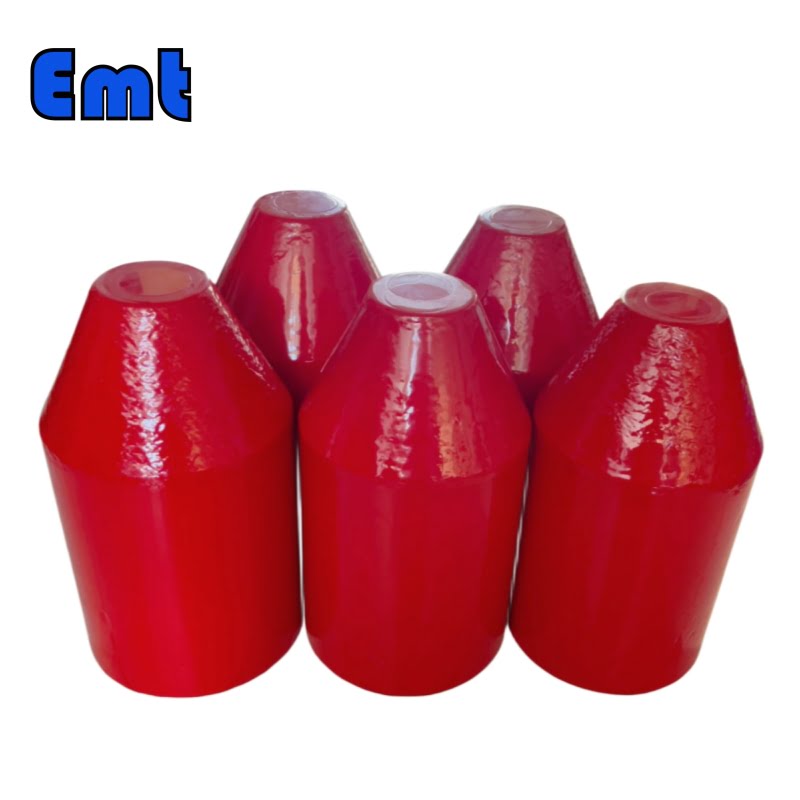
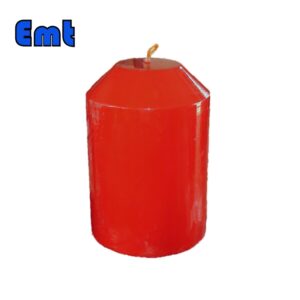
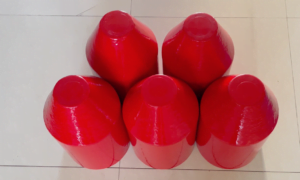
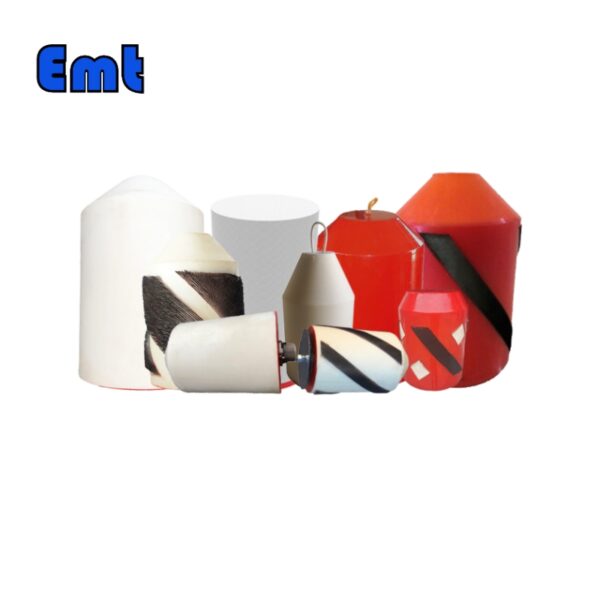
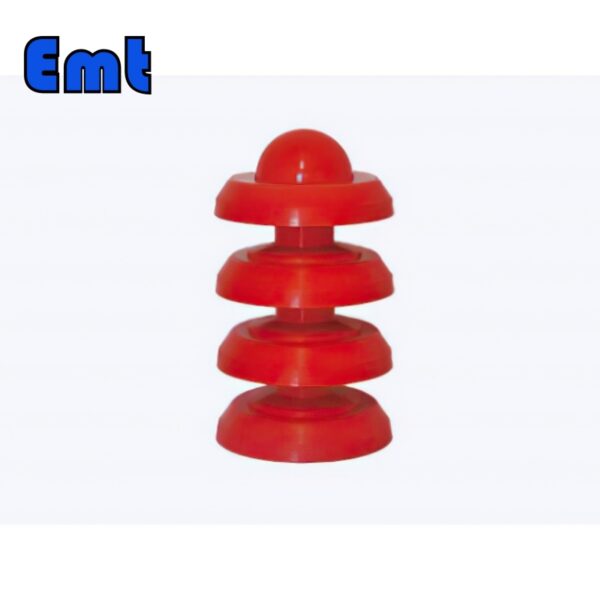
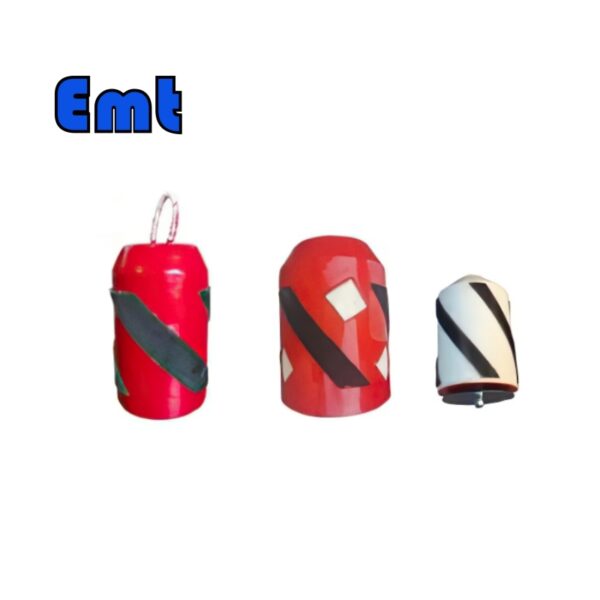
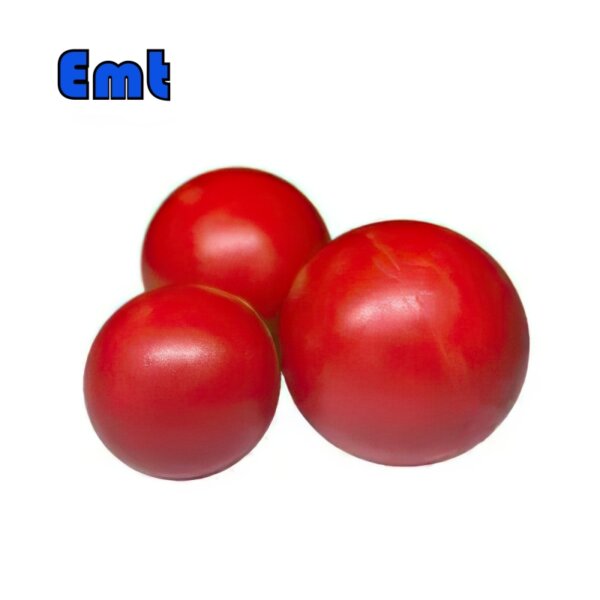
Ulasan
Belum ada ulasan.